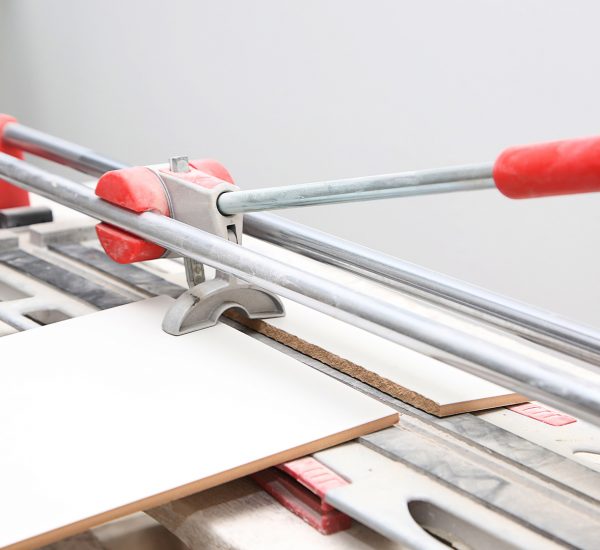If you’re considering a tile installation project and have a painted surface, you may be wondering whether it’s possible to tile over it. Tiling over a painted surface can be a convenient option, saving you the time and effort of removing the existing paint. In this blog post, we’ll explore the feasibility of tiling over a painted surface and discuss the essential factors to consider before proceeding with this project.
Is Tiling Over a Painted Surface Possible?
The answer is yes, it is possible to tile over a painted surface, but it’s important to evaluate a few key factors before proceeding. Here are some considerations to keep in mind:
- Condition of the Paint: The paint on the surface should be in good condition, with no peeling, chipping, or flaking. If the paint is compromised or not well-adhered, it’s advisable to remove it before tiling.
- Surface Preparation: Proper surface preparation is crucial for a successful tile installation over a painted surface. The painted surface should be thoroughly cleaned, degreased, and lightly sanded to create a rough texture that promotes better adhesion.
- Adhesive Selection: Choosing the right adhesive is essential when tiling over a painted surface. Select a high-quality adhesive specifically designed for bonding tiles to painted surfaces. Consult with a professional at a local tile supply store to ensure you have the appropriate adhesive for your specific paint type and tile choice.
Preparation Steps
- Clean the Painted Surface: Remove any dirt, dust, grease, or contaminants from the painted surface. Use a mild detergent and warm water solution to clean the area thoroughly. Allow it to dry completely before proceeding.
- Lightly Sand the Surface: Gently sand the painted surface with fine-grit sandpaper to create a slightly rough texture. This will help the adhesive bond effectively with the paint.
- Test the Adhesion: Perform an adhesion test by applying a small piece of tape to various areas of the painted surface and then quickly pulling it off. If the tape removes any sections of the paint, it’s recommended to remove the paint before tiling.
- Prime the Surface (if necessary): Depending on the type of paint and the condition of the surface, it may be beneficial to apply a primer specifically designed for tile adhesion. Consult with a professional or follow the manufacturer’s instructions for the appropriate primer application.
Challenges and Considerations
- Paint Thickness: The thickness of the paint can affect the overall height of the tiled surface. Keep in mind that tiling over a painted surface will add to the height, which may require adjustments to doors, transitions, and appliances. Measure and plan accordingly to avoid any potential issues.
- Adhesion: The success of tiling over a painted surface heavily relies on the adhesion between the paint, adhesive, and tiles. While proper surface preparation and the use of the correct adhesive are crucial, it’s important to note that there may be some inherent risks associated with tiling over a painted surface. The adhesion may not be as strong and long-lasting compared to tiling on a clean, unpainted surface.
- Paint Quality: The quality and type of paint used on the surface can affect the adhesion and durability of the tile installation. High-quality, durable paints tend to provide better results when tiling over a painted surface.
- Longevity: Tiling over a painted surface may not provide the same longevity as tiling on a clean, unpainted surface. The durability and lifespan of the tile installation may be affected by the presence of paint. Consider this factor if you’re looking for a long-term solution.
- Tile Size and Shape: Large format tiles or tiles with irregular shapes may be more challenging to install over a painted surface due to flexibility and stability concerns. Smaller, more rigid tiles tend to be a safer choice for this type of installation.
- Paint Colour and Transparency: It’s important to note that the color and transparency of the paint can affect the appearance of the tiles. Dark or highly pigmented paints may show through coloured or translucent tiles, impacting the overall aesthetic. Consider choosing tiles that are less likely to be affected by the underlying paint color.
Conclusion
Tiling over a painted surface is possible with proper preparation and consideration of important factors. Assess the condition of the paint, perform adequate surface preparation, and choose the right adhesive for the job. Keep in mind the challenges and potential limitations associated with tiling over painted surfaces, such as adhesion concerns and the impact on the overall height and longevity of the installation.
If you’re unsure about the feasibility of tiling over your specific painted surface, it’s recommended to consult with a professional tile installer. They can assess the condition of the paint, provide guidance on surface preparation techniques, and ensure that the tile installation is performed with the best possible results.




